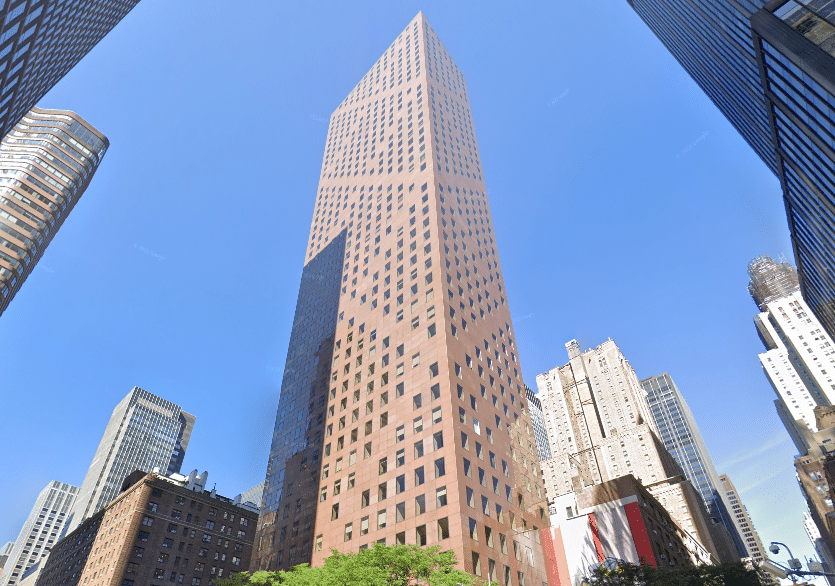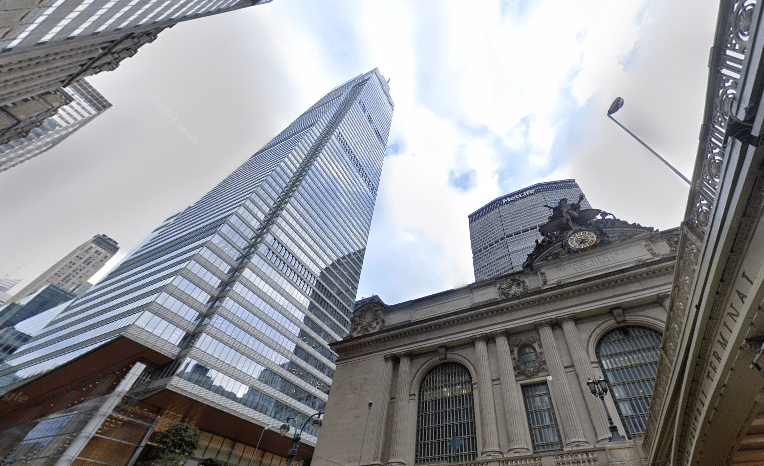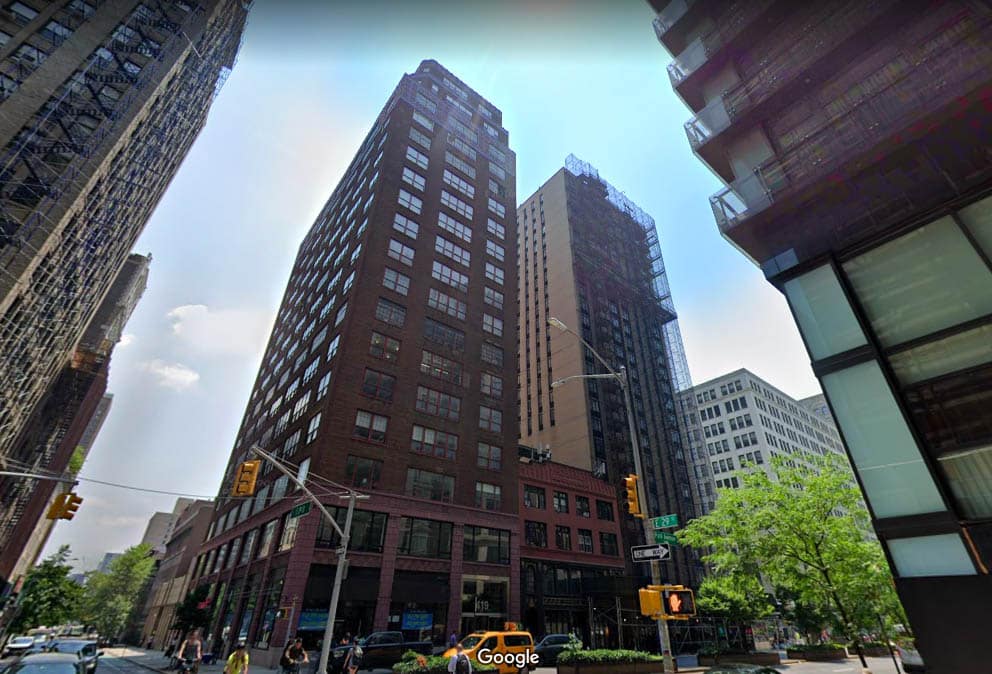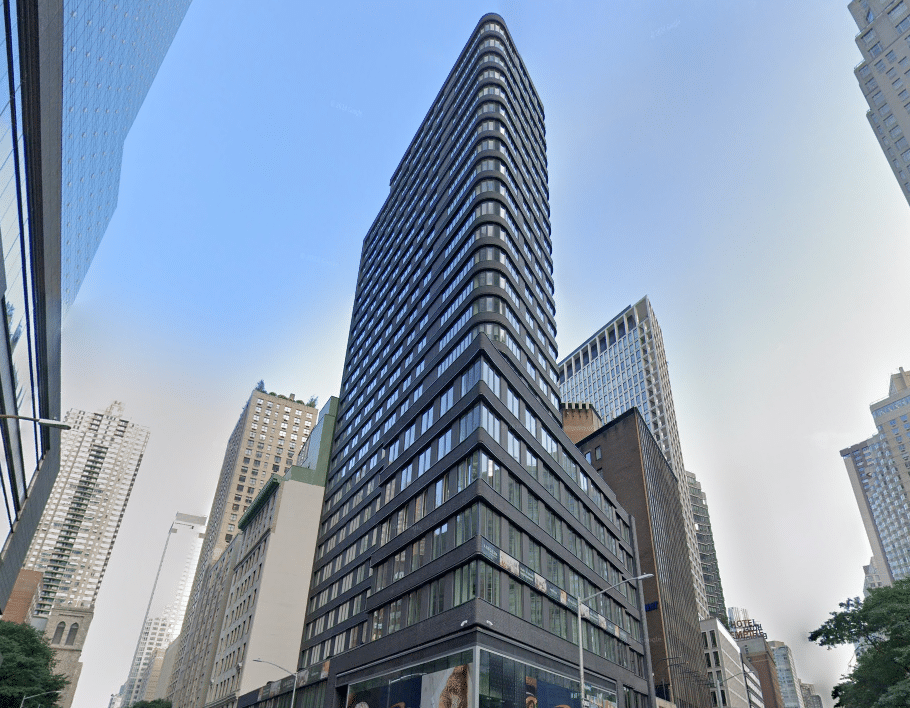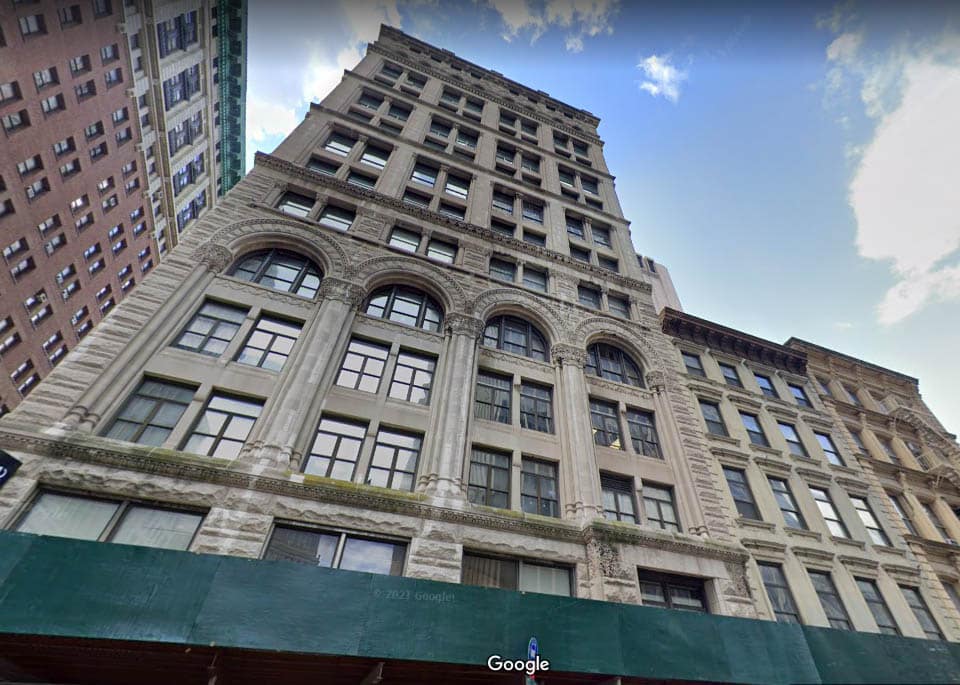The commercial real estate industry underwent a paradigm shift long before the COVID-19 pandemic. PropTech was already becoming more integrated into the commercial real estate industry. However, COVID only increased its importance for commercial landlords and tenants.
Nowadays, in 2023, PropTech attributes such as smart features and sustainability tools no longer appear to be ‘nice to have.’ Instead, they are now ‘must-haves.’
As commercial real estate embraces new technology, MarketWatch data reveals that the global PropTech market was worth roughly $20.65 billion in 2022. By 2028, it could more than double and expand at a 17.04% CAGR into a $53.078 behemoth of an industry.
With growth catalysts like demand for efficiency and convenience, advancements in A.I., machine learning, and the Internet of Things (IoT), demand for modern amenities, and cutting-edge products and services tailored to the post-COVID world, PropTech remains in the spotlight in 2023.
What Exactly Is PropTech, and How Is It Used?
Think of the idea behind PropTech as similar to FinTech. Whereas FinTech combines finance and technology, PropTech combines real estate and technology.
PropTech encompasses vast technologies that streamline building and workplace systems and improve the tenant experience. Such technologies range from in-building sensors and touchless technology to security and accessibility features, data collection, and building management.
PropTech was a significant disruptor in the commercial real estate industry during the pandemic. Advanced products and services helped with everything from social distancing to air quality and hygiene.
However, in the post-pandemic world, PropTech will do everything from improving communication between landlords and tenants to streamlining routine tasks like lease management, maintenance, and rent collection, to offering an elevated, safe, and secure tenant experience. In other words, it transforms the commercial real estate industry by providing increased efficiency, transparency, and better experiences for landlords and tenants.
The following technologies are just a few brief examples of why and how.
Touchless Technology
Touchless technology such as motion-activated sensors, sensor-activated hand disinfectant dispensers, automatic doors, touchless elevators, and digitized ventilation systems became must-haves during the pandemic.
Nowadays, other touchless technologies such as voice-activated commands, facial recognition, and even retina scans have evolved beyond props in science-fiction movies to parts of our everyday lives.
Remote Building Controls
Besides integrating touchless technology throughout office buildings, many property owners have begun to embrace digital tools to allow commercial tenants to interact seamlessly with their workspace.
For instance, many building owners provide tenant-exclusive mobile apps. These apps allow employees to book meeting rooms, set up conferences, and control temperature and lighting. A few taps on a smartphone screen can also deliver lunch if they want. Think of these apps as a remote control for the building.
Thus, PropTech can bridge the gap between tenant needs and building features. All while offering a more personal, immersive, modern digital tenant experience.
Sustainability and Efficiency
Not only does PropTech enable seamless interactions between landlords, tenants, and building amenities. It also supports sustainability initiatives and building efficiency.
More than ever, sustainable-friendly building technologies are essential. As NYC aims to reduce building carbon emissions by 40% by 2030 and 80% by 2050, commercial landlords must recognize the importance and urgency of integrating energy-efficient features. PropTech products and services can help them achieve this.
Digital temperature control, motion-activated lighting, and sensor-activated, timer-ready water faucets are just a few ways to reduce energy costs in New York City commercial office buildings.
Accessibility and Security
Secure and touchless building access are increasingly important factors that owners and landlords focus on nowadays. No matter how safe your neighborhood is, keeping tabs on all entry and exit points is more important than ever.
State-of-the-art security cameras, alarms, and emergency systems can ensure the security and safety of the people working in a building. PropTech can also improve building access and visitor registrations with the help of touchless technology, fingerprint scans, or facial recognition, eliminating the need for physical keycards or buttons.
The best part is how this technology continues to evolve.
Data Collection and Interpretation
The purpose of PropTech is to simplify and improve the tenant experience and make life easier for office employees. At the same time, PropTech offers landlords an advantage in attracting and retaining office tenants.
Nowadays, startups and corporations look for forward-thinking building owners, expecting landlords to embrace technology and offer modern, sustainable amenities.
Moreover, PropTech and automation technology not only help landlords collect crucial data about their buildings. They do it fast, securely, and directly in the cloud. Through PropTech and digitization, owners can extract real-time information on building efficiency, processes, security, tenant interaction, and more.
Then the owner can extract valuable insight from this data to serve their business goals better and ensure tenant satisfaction.
The Key Takeaway
In Deloitte’s 2023 commercial real estate outlook, over 80% of respondents indicated they are exploring emerging technologies, while roughly 50% said they are spending “hard money” to either pilot or implement them.
In the current global context, commercial landlords must ensure their properties best serve the needs of their tenants. PropTech can help provide an improved, safe, secure, and sustainable tenant experience and help landlords attract and maintain tenants in an increasingly challenging environment.







